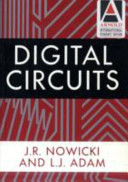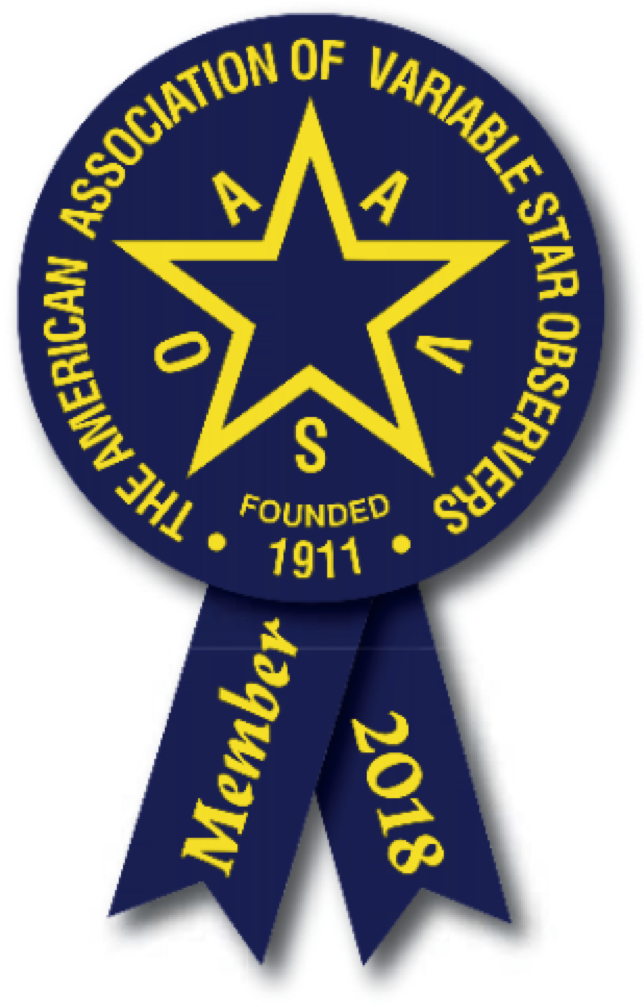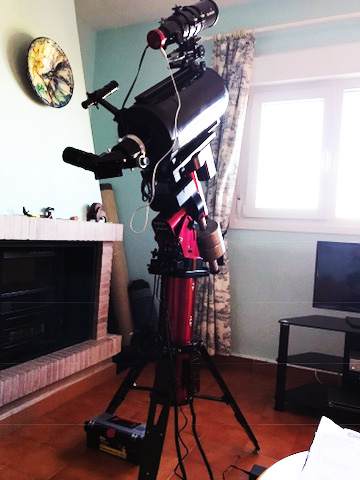March 2014 - Moon, Saturn and Mars in the morning, Siding Spring imaging of NGC 2442, NGC 3324, NGC 3293, IC 2391, NGC 2432, IC 2944 .
 Friday, March 21, 2014 at 5:03AM
Friday, March 21, 2014 at 5:03AM It is 6 a.m. here in Spain (5 a.m. U.T.) and I have just been out to look at the incredible view of the Moon close to the planet Saturn with the planet Mars shining at magnitude -1 to the west. It is quite a sight in the early morning sky. I used my 8 X 30 binoculars to view the Moon and Saturn- quite spectacular to see the planet and Moon in the same field of view with craters near the Moon's terminator very clear and sharp in my excellent binoculars.
A sunny day with a little chill to the air. This morning I started to image an object from Telescope T3 in New |Mexico and the observatory roof immediately closed. I am in the middle of taking an image of NGC 2442 from Telescope T13 (single shot colour) in Siding Spring Australia. So far so good. The script is running and has found 98 stars in the plate solution that it uses to centre the object - that means the sky is clear and the image should be OK. T13 has quite a wide field of view so many objects are too small to image. NGC 2442 is a galaxy that only has a major axis of 6 minutes of arc so it will not fill much of the T13 field of 97' X 73' of arc.
Still waiting for the main image to reach the server but the preview image has arrived.

I then moved on to image the nebula NGC 3324- here is the preview image.

The cluster towards the bottom of the image is NGC 3293. I took another 10 minute image with that cluster centralised.I will process the image later - this is just a jpeg preview.

Another target I have wanted to image is IC 2391 or Caldwell 85. (C85). This is an open cluster in the Constellation of Vela with a major axis of 60 minutes of arc so it will fit quite well within the T13 field of view. here is the preview

Whilst in the southern hemisphere I imaged the open cluster NGC 3532 which is Caldwell C91 which has a major axis of 50 minutes of arc.
Again a 10 minute exposure on Telescope T13

The next target is IC 2944 or Caldwell 100. This cluster is 35 minutes of arc across.
The preview jpeg arrived
 [Your Name Here] | Comments Off |
[Your Name Here] | Comments Off | 







